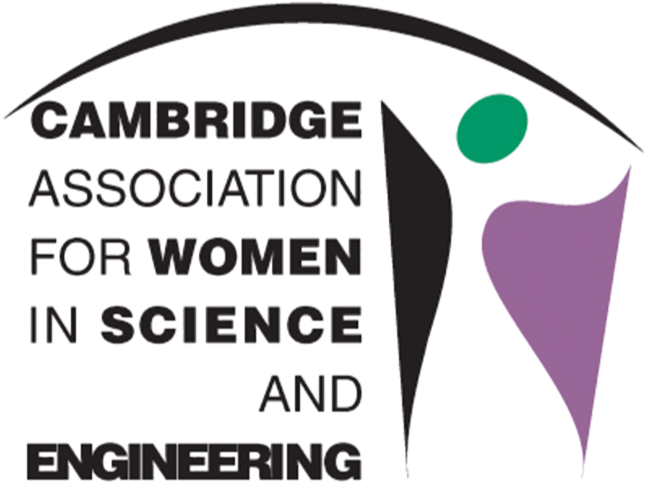Communication skills summary by Harriet Truscott
- Oct 20, 2015
- 2 min read
We’ve all been there – standing in front of a room packed with people, with something important to say. Whether it’s our research findings, a new business plan, or a keynote lecture, it matters that we get that message across.
Many of the members of AWISE are experienced speakers, particularly when it comes to presenting research or teaching. But there’s always room to develop our skills. In this workshop Dr Jane Goodall was there to take us to the next level.
As a senior researcher at the University of Cambridge, Jane was determined to be as good a speaker as she could be. She’s dedicated time and energy into becoming an effective speaker and workshop lead. Here’s some of her key tips:
Get your pace right. Both excitement and nerves can make us speak faster, particularly when we care about the subject. But speaking slowly makes it much easier for your audience to follow the argument. It also makes you sound more authoritative.
Pause for effect. If you want to emphasise a key point, pause for a moment before you say it, to signal to your audience that something important is coming up. If you’re showing information, give your audience time to absorb it.
Think about your posture – both before and during your presentation. Amy Cuddy’s TED talk on body language makes some great suggestions to reinforce your energy levels before you go into a meeting, interview or presentation. During your presentation, take a confident stance, with your legs slightly apart. If you feel don’t know what to do with your hands, try folding them loosely at waist level. Keeping your head still can make you appear more authoritative.
Practise with an audience. If you have a key presentation to make, rehearse it with two or three colleagues or friends to act as audience, and ask them to give you feedback.
Always remember that the audience wants you to succeed. They’re here to hear what you have to say. Look at your audience, make eye contact, and smile.




Comments